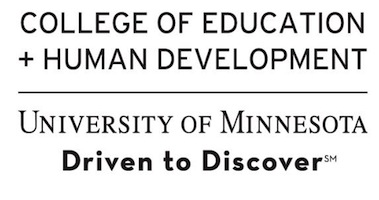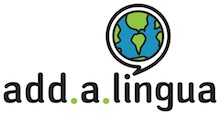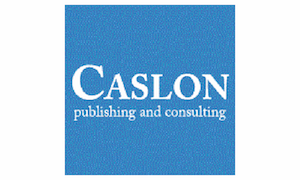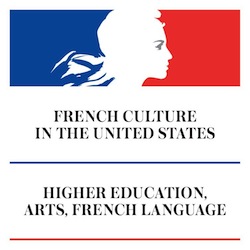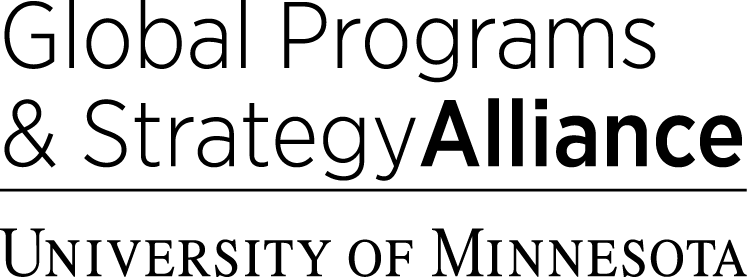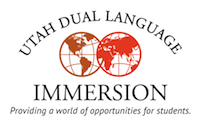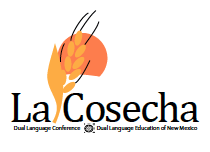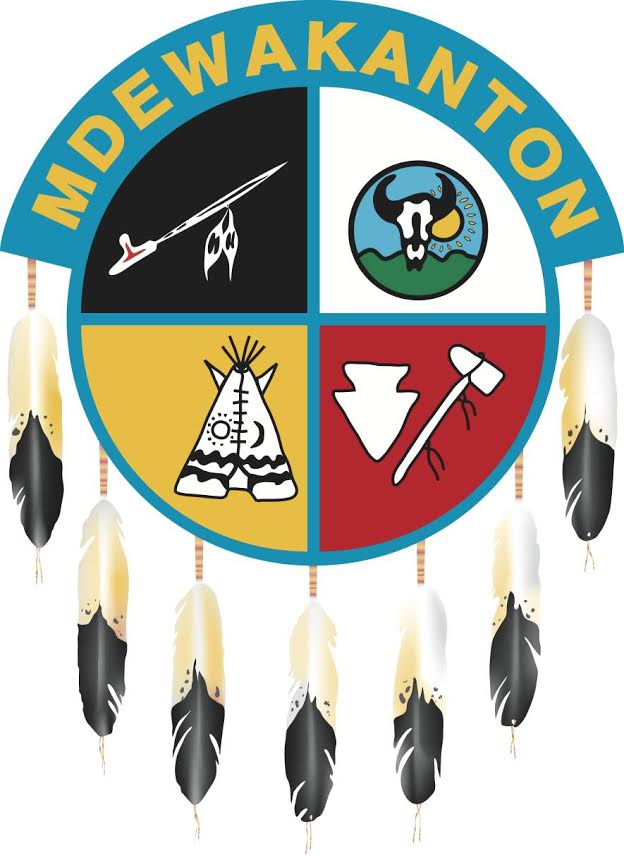6th International Conference on Immersion and Dual Language Education:
Connecting Research and Practice Across Contexts
Post-Conference Review:
The 6th International Conference on Immersion and Dual Language Education: Connecting Research and Practice Across Contexts held October 20-22, 2016 in Minneapolis was a roaring success!
The conference brought together immersion teachers, researchers and administrators to share research and best practices in one-way world language immersion, co-official/regional language immersion, two-way bilingual immersion, one-way developmental bilingual education, and indigenous language immersion. As with past immersion conferences sponsored by CARLA, the conference program was very international and represented a wide variety of languages and immersion education contexts. Final counts show that nearly 1,000 signed up to attend the conference from 39 states and Washington D.C., and 20 countries in addition to the United States including Australia, Austria, Belgium, Brazil, Canada, Central African Republic, China (Hong Kong and Mainland), Czech Republic, Estonia, Finland, Germany, Honduras, Ireland, Japan, New Zealand, Panama, Singapore, Spain, Switzerland, and the United Kingdom (England and Scotland).
The conference program offered depth and breadth of programming for all branches of immersion education and was packed with options for participants: an optional pre-conference visit to one of nine immersion schools; a selection of 26 pre-conference workshops covering a wide variety of topics for immersion and dual language educators; and a full conference program including five thought-provoking plenaries by internationally known presenters, six invited symposia, and 120 paper/discussion sessions.
- See videos of the conference plenaries and invited symposia.
- Find handouts and other resources of some of the sessions on the conference schedule search page
New this year was a laptop poster session for graduate student research, and a teacher SwapShop where teachers were able to share lesson plans and practical resources with one another. Attendees also had the opportunity to talk with exhibitors from 16 different companies that provide resources for immersion and dual language educators.
Another exciting new feature of the conference was the inaugural CARLA Immersion and Dual Language Education Awards given to a teacher and a scholar who have distinguished themselves in this growing international field. The Distinguished Teacher Award went to Maureen Curran Dorsano, French Immersion Teacher Emerita (Normandale French Immersion School, Edina, Minnesota) and the Distinguished Scholar Award went to Merrill Swain, Professor Emerita (University of Toronto).
- See video of the inaugural CARLA Immersion and Dual Language Education Award ceremonies.
The next International Conference on Immersion and Dual Language Education is scheduled to take place in Charlotte, North Carolina from February 6–9, 2019. Sign up for the CARLA Update newsletter to receive information about the conference as it is announced.

Sixth International Conference on Immersion and Dual Language Education:
Connecting Research and Practice Across Contexts
October 20–22, 2016
Hyatt Regency Hotel
Minneapolis, MN, USA
Immersion and dual language education continue to evolve as highly effective program models for launching students on the road to bi- and multilingualism and intercultural competence. School-based immersion, bilingual, and dual language programs involve a minimum of 50% subject-matter schooling through a second, world, heritage, or indigenous language at the preschool and elementary levels (PreK–5/6). Secondary or post-secondary continuation programs for elementary immersion/dual language graduates include a minimum of two subject courses.
Program models include:
-
One-Way Second/Foreign Language ImmersionServe primarily language-majority* students (e.g., English speakers in the U.S., Finnish speakers in Finland) who learn the curriculum through a second or foreign language such as Mandarin, Spanish, or Swedish. Examples include French immersion programs in Canada, Mandarin Chinese in the U.S., Swedish immersion in Finland, and English immersion in Japan.
*We acknowledge that the terms "language-majority" and "language-minority" do not correspond well to all sociocultural contexts but have elected to use them for lack of better alternatives. -
Co-Official/Regional Language ImmersionServe a mixed student population learning a regional (often minority autochthonous) language that may or may not have co-official status. Examples include Irish immersion in Ireland, Basque immersion in Spain, and Breton immersion in France.
-
Two-Way Bilingual ImmersionServe a combined student population of language-minority* (e.g., Spanish speakers) and language-majority (e.g., English speakers) students who learn the curriculum through both languages. Examples include Spanish-English programs in the U.S. and Russian-Estonian programs in Estonia.
*We acknowledge that the terms "language-majority" and "language-minority" do not correspond well to all sociocultural contexts but have elected to use them for lack of better alternatives. -
One-Way Developmental Bilingual EducationServe language-minority* students (e.g., Spanish speakers in the U.S.) or simultaneous bilinguals who learn the curriculum through the minority language and English. Examples include Spanish-English programs in the U.S.
*We acknowledge that the terms "language-majority" and "language-minority" do not correspond well to all sociocultural contexts but have elected to use them for lack of better alternatives. -
Indigenous Language ImmersionServe primarily students with Native/aboriginal heritage and strive to revitalize endangered indigenous languages and cultures. Students learn the curriculum through the indigenous language and also receive instruction in the majority language of the context (e.g., English). Examples include Hawaiian or Ojibwe immersion in the U.S. and Māori immersion in New Zealand.
While each model targets distinct sociocultural contexts and educational needs, all embrace language, literacy, and culture development through subject-matter learning with a high degree of language intensity. Under the leadership of the Center for Advanced Research on Language Acquisition (CARLA), University of Minnesota, the Sixth International Conference on Immersion and Dual Language Education will bring these models together to engage in research-informed dialogue and professional exchange across languages, levels, learner audiences, and contexts.
Conference Speakers
- Ellen Bialystok, York University, Toronto, Canada
- Patricia C. Gándara, University of California – Los Angeles, USA
- Tina M. Hickey, University College Dublin, Ireland
- Patsy Lightbown, Concordia University, Montreal, Canada
- Teresa L. McCarty, University of California – Los Angeles, USA
Invited Symposia
Authenticity of language and fidelity to culture in indigenous immersion programs
Brian McInnes & David Beaulieu, OrganizersImmersion for ALL: The suitability of immersion for at-risk learners
Fred Genesee, OrganizerTranslanguaging pedagogies across contexts
Deborah Palmer & Susan Ballinger, OrganizersEducational innovations in immersion teacher preparation and development
T. J. Ó Ceallaigh, OrganizerBiliteracy development in immersion Education: Interdisciplinary perspectives and intersections
Mileidis Gort, OrganizerSocial-semiotic and functional approaches to language and content integration in bilingual/multilingual education
Ana Llinares & Tom Morton, Organizers
CARLA Immersion and
Dual Language Education Awards!
 For the first time since CARLA began hosting this conference in 1995, we will recognize two individuals at the 2016 convocation, a teacher and a scholar, who have distinguished themselves within the international field of immersion and dual language education. Learn more about the award nomination process.
For the first time since CARLA began hosting this conference in 1995, we will recognize two individuals at the 2016 convocation, a teacher and a scholar, who have distinguished themselves within the international field of immersion and dual language education. Learn more about the award nomination process.
More Information
- Get on the immersion conference mailing list
- Bookmark the immersion conference website for regular updates
- Check out past immersion conferences sponsored by CARLA
Conference Planning Committee
Conference Planning Committee Co-Chairs
Diane J. Tedick, University of Minnesota
Roy Lyster, McGill University
Conference Planning Committee Members
Siv Björklund, University of Vaasa
Teresa Carranza, Madison Metropolitan School District
Lisa Dorner, University of Missouri-Columbia
Helga Fasciano, NC Department of Public Instruction
Tara Fortune, University of Minnesota
Liz Hathaway Castelán, Saint Paul Public Schools
Xiao Liu, Tower Hill School, Wilmington, Delaware
Brian McInnes, University of Minnesota-Duluth
Mandy Menke, University of Minnesota
Deborah Palmer, University of Texas-Austin
Ping Peng, Minnetonka Public Schools
Isabelle Punchard, Edina Public Schools
Ofelia Wade, Utah State Office of Education
Conference Administrative Team
Marlene Johnshoy, Technology Coordinator
Liz Hellebuyck, Program Associate
Karin Larson, CARLA Coordinator
Erin Szabo, Graduate Assistant
Conference Sponsors
The conference is sponsored by the Center for Advanced Research on
Language Acquisition (CARLA) at the University of Minnesota with partial funding from the U.S. Department of Education's Title VI Language Resource Center program.



